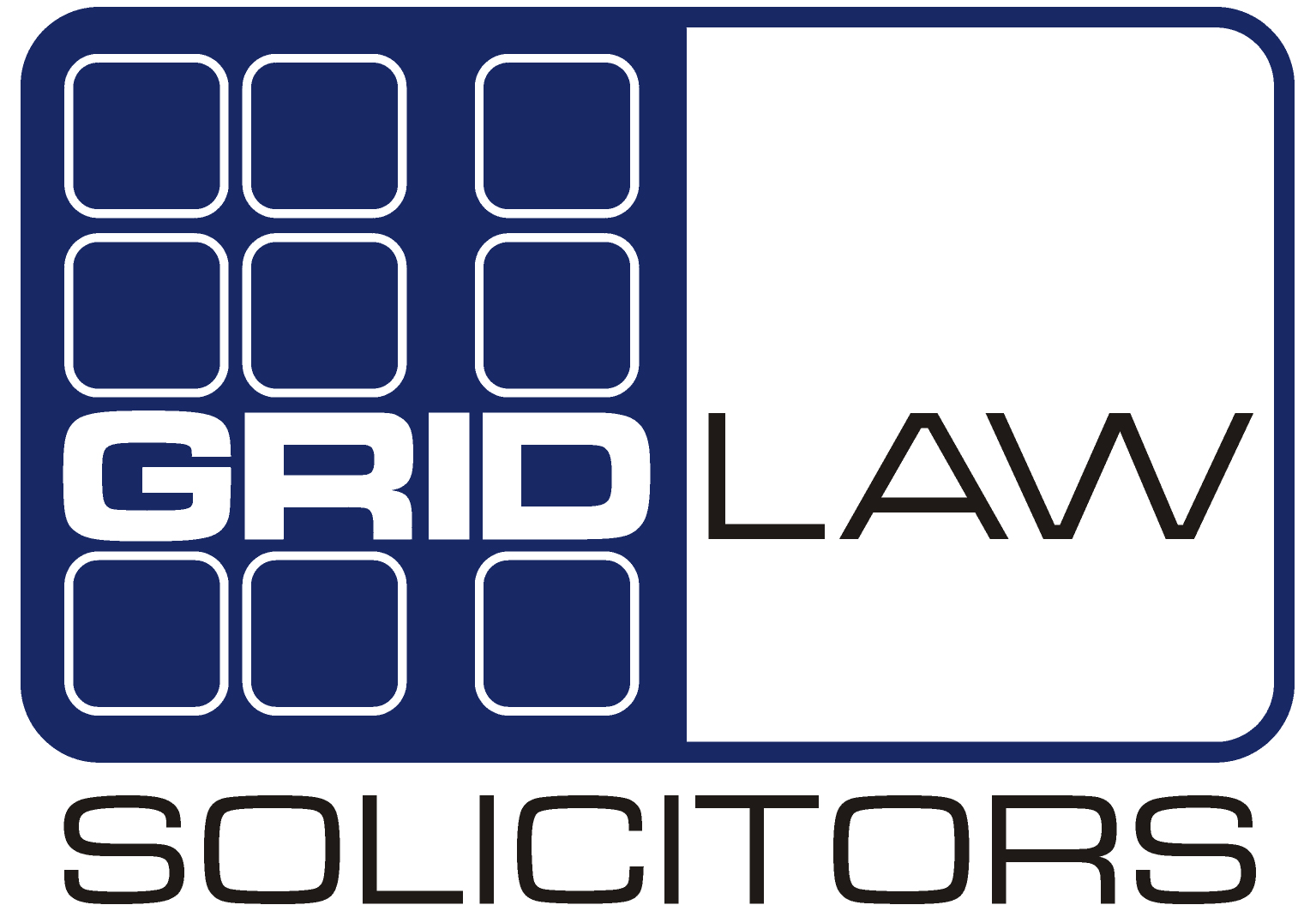
Most people in business have heard the terms “Intellectual Property”, “Trade mark”, “Patent” or “Copyright”. Often these terms are used interchangeably, but they’re actually mean very different things. So, in this blog I’m going to explain what they are and what each form of intellectual property protects.
Intellectual property (often shortened to just IP) is an umbrella term that covers each of the separate rights. So, trade marks, copyrights and patents are all forms of intellectual property.
They are called intellectual property because they are created from intellectual effort. I’ve always found this fascinating because with intellectual property, you can literally create something from nothing! You can think of an idea and then use IP to protect the expression of that idea and turn it into a hugely valuable asset. Now, this is an important point to note. You can’t actually protect the idea itself (other than by keeping it secret), you can only protect the expression of that idea.
So, let’s think about how this works in practice and how it relates to a business.
Let’s say you have an idea for a new invention, a solution to a problem that has been causing you and many other people problems for years. You can’t wait to build a prototype, start testing it and then get it on sale.
However, you would probably be concerned that a big company could come along and steal your idea and you would be powerless to do anything about it. To guard against this, you could register a patent for your idea.
Patents protect the technical features of a product and how it works (they don’t protect the aesthetics of how the design looks – we’ll talk about that below). Once registered, the patent lasts for 20 years during which time you have the exclusive right to exploit that piece of technology.
Not everything can be protected by a patent. To qualify your invention must fulfil three criteria:
- It must be new. Your invention must not have existed before so if someone else has had the idea before you, even if they have not registered the patent, you will not be able to protect it;
- It must involve an inventive step. This means that your invention must take the technology a step forward. It can’t be an obvious development of some existing technology.
- It must be capable of industrial application. This means you must be able to turn it into a product or a service you can sell.
Some things are specifically excluded from protection. These include computer programs, methods of doing business and methods of medical treatment.
If you can register a patent it can be hugely valuable and give you a real competitive advantage in your industry. However, there are disadvantages to patents too. Patents can be expensive to register and maintain and these costs come after all of the research and development time and money you invest into the product.
Also, by registering a patent, you are disclosing your technology to the public. This means your competitors could look at your patent to find out how your technology works and then develop a competing product without infringing your product. (You could obviously do the same with their patents!)
Whilst this may seem unfair, the theory behind this is that technology will be developed much quicker if people disclose how it works in exchange for an exclusive period of time to exploit it, and that is therefore better for all of us.
Sometimes, you will want to protect how your product looks, rather than the technology of how it works. (Sometimes you will want to do both.) So, to protect the appearance of your product (or even just part of it) you use design rights, which can be registered or unregistered.
A registered design gives you, as the owner, the exclusive right to the design and the power to stop other people making copies of your product without permission. As with patents, not all designs can be registered. To be registerable, a design must be:
- Original (i.e., not a common design);
- Have individual character; and
- Not be specifically excluded from protection. For example, a registered design does not protect the surface design of a product (that would be protected by copyright – see below), and the design must not be dictated by the way parts of the product fit together.
If you do register a design, your protection lasts a maximum of 25 years but during this time you must renew the registration every 5 years. Registered designs are much cheaper to obtain than patents so for many small businesses this is their best option for protecting their products and a serious consideration when they are designing it.
If your design has individual character you can stop someone copying it through the use of unregistered design rights. As the name suggests, there is no need to register anything. Your rights are granted automatically and give you a right to stop someone copying your design without permission. An unregistered designs gives you protection throughout the EU for three years and in the UK for ten years from the date the design is first marketed. This is therefore an area of law to keep a close eye on as this right could well change when the UK leaves the EU.
Some businesses are purely serviced based so wont have products to protect through patents and design rights, but there are still plenty of intellectual property assets they can create and own. For example, copyright will be a very important right for them but, as we shall see, businesses creating and selling products can also benefit from copyright protection.
When people talk about copyright they often think about art, music or literature because all of these are automatically protected if they are your own original work. But the range of protection is actually much broader than that.
Take, for example, a training company. All of their training materials would be classed as literary works so they are protected by copyright. If the company hosted a seminar or workshop and filmed it, they would also own the copyright in the production.
A company which creates products may also own the copyright in plans and technical drawings used to produce them. The surface decoration of a product may also be protected by copyright.
If you write a computer programme, or build a website or create content for blogs or social media, all of this will be protected by copyright.
Copyright, as we have said, arises automatically so there is no need to register anything. However, it does not create a monopoly or give you the exclusivity that a patent or registered designs gives you (or for that matter trade marks which we will discuss next).
Copyright doesn’t protect ideas, it only protects the expression of an idea so therefore, if someone else created elements of the same training materials, or part of a computer programme that was essentially the same as yours, you would not be able to stop them unless you had proof that they had copied you.
Copyright doesn’t last for ever. For artistic, musical or dramatic works it lasts from the point that it was created until 70 years after the death of the creator. Copyright in sound recordings and broadcasts lasts for 70 and 50 years from the date of publication and making respectively. This sounds a long time, but it can soon pass.
Think for example of authors or musicians who have passed away. Their estate can continue to benefit from their works and, for example, collect royalties every time an album is sold. However, this right will soon come to an end and then others will be free to use the materials without any fear of copyright infringement.
The next form of intellectual property that all businesses will come across is trade marks. Trade marks protect brands, and most people will just think about protecting business names and logos. However, you can gain much greater protection for you brand than just this.
Related content: Blog – What can I register as a trade mark to protect my brand?
Trade marks will protect anything which distinguishes your products and services from those of your competitors so you could trade mark packaging (like the shape of the Coca Cola bottle) or colours (such as green for BP filing stations). Even smells and sounds can be trade marked so long as you can represent them graphically, which is a requirement of registering a trade mark.
Trade marks are territorial which means you must register them in each country where you want protection. If you trade throughout Europe you can register an EU trade mark (formerly known as a Community trade mark) which is enforceable in all member states. Again, this is an area to watch during Brexit negotiations.
Once registered a trade mark lasts for 10 years, but they are renewable every 10 years indefinitely.
One downside of a trade mark is that once registered it is set in stone. If, for example, you update your logo, you can’t amend your trade mark. You have to register a new one and this can prove to be quite costly.
If you cannot register a trade mark, you can have some protection for an unregistered trade mark through the laws of passing off. If someone infringes your unregistered trade mark you can still take legal action against them but it is not as straight forward as for trade mark infringement.
The final right I want to talk about is not strictly an intellectual property right, but it is often thought about in the same way – and that’s the right of confidentiality.
Trade secrets and know-how can be protected simply by keeping them confidential. However, for a right of confidence to be enforceable, you must be able to fulfil three criteria:
- The information must actually be confidential;
- It must be shared in such a way that the person it is disclosed to is under an obligation to keep it confidential; and
- If it was disclosed without the owner’s permission, the owner would suffer a loss.
A serious disadvantage of confidentiality is that once it’s lost, it’s gone for ever. You can’t get it back so you must be very careful when disclosing confidential information and only do so if you have first entered into a confidentiality agreement.
So, that’s an essential overview of intellectual property. All businesses should make sure they are fully aware of what rights they own and what can be protected because often they are sitting on valuable assets they never knew they had. It’s therefore a good idea for all members of staff to be trained to look out for intellectual property issues.
If you have any questions about intellectual property rights, please feel free to get in touch.

